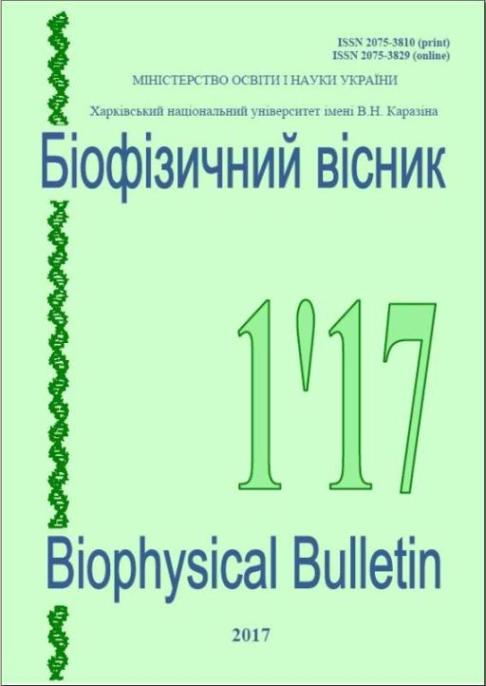Mathematical modeling of the second tumors formation and estimation of the distribution of the anti-oncogenes among humans
Abstract
The relevance of the work is caused by the fact the cancer is a significant factor in human mortality, and cancer incidence is increasing worldwide. As a consequence, the study of the process of carcinogenesis in general and Second tumors, in particular, is an important issue for medical physics. The aim of this study was to uncover the regularities of the secondary tumors formation in cancer patients. Such a study should enable the solution of a number of related problems, viz. estimation of the distribution of the a-genes among humans, which damage seems to be one of the most essential factors of carcinogenesis. To achieve the aim of the study the probabilistic mathematical modeling was employed, resulting in the generation of the mathematical models, capable of estimating such probabilities: 1) probability of the second tumor formation in a patient at some age, provided that the first tumor is formed in this patient at certain age; 2) probability of two tumors formation in a patient at certain age. Furthermore, the proposed models enable employment of the statistics of the second tumors to refine the parameters of the carcinogenesis model. In conclusion, the probabilistic mathematical modeling allows evaluation of a number of important quantitative characteristics of the carcinogenesis.
Downloads
References
Treatment of squamous cell carcinoma of the uterine cervix with radiation therapy alone: long-term survival, late complications, and incidence of second cancers / T. Ota, N. Takeshima, T. Tabata et al. // Br. J. Cancer. – 2007. – Vol. 97. – Р. 1058–1062.
Vogel V. Identifying and screening patients at risk of second cancers / V. Vogel // Cancer Epidemiology Biomarkers Prev. – 2006. – V. 11, N 15. – Р. 12–15.
Polijchuk O.V. Rak jajechnyka: simejnyj rakovyj syndrome ta klinichne znachennja testuvannja mutatsij u genah BRCA1 ta BRCA2 / O.V. Polijchuk, L.Z. Polischuk // Onkologija. – 2016. – Т.18, № 1. – S. 20-26.
Matematicheskoe modelirovanie raspredelenija v chelovecheskoj populyatsii genov, povrezhdenie kotoryh obuslovlivaet vozniknovenie oncologicheskih zabolevanij / M.A. Bondarenko, V.G. Knigavko, N.O. Gordiyenko ta in. // Bіofіzichnij vіsnik. – 2016, N 35(1). – S. 5-9.
Authors who publish with this journal agree to the following terms:
- Authors retain copyright and grant the journal right of first publication with the work simultaneously licensed under a Creative Commons Attribution License that allows others to share the work with an acknowledgement of the work's authorship and initial publication in this journal.
- Authors are able to enter into separate, additional contractual arrangements for the non-exclusive distribution of the journal's published version of the work (e.g., post it to an institutional repository or publish it in a book), with an acknowledgement of its initial publication in this journal.
- Authors are permitted and encouraged to post their work online (e.g., in institutional repositories or on their website) prior to and during the submission process, as it can lead to productive exchanges, as well as earlier and greater citation of published work (See The Effect of Open Access).





